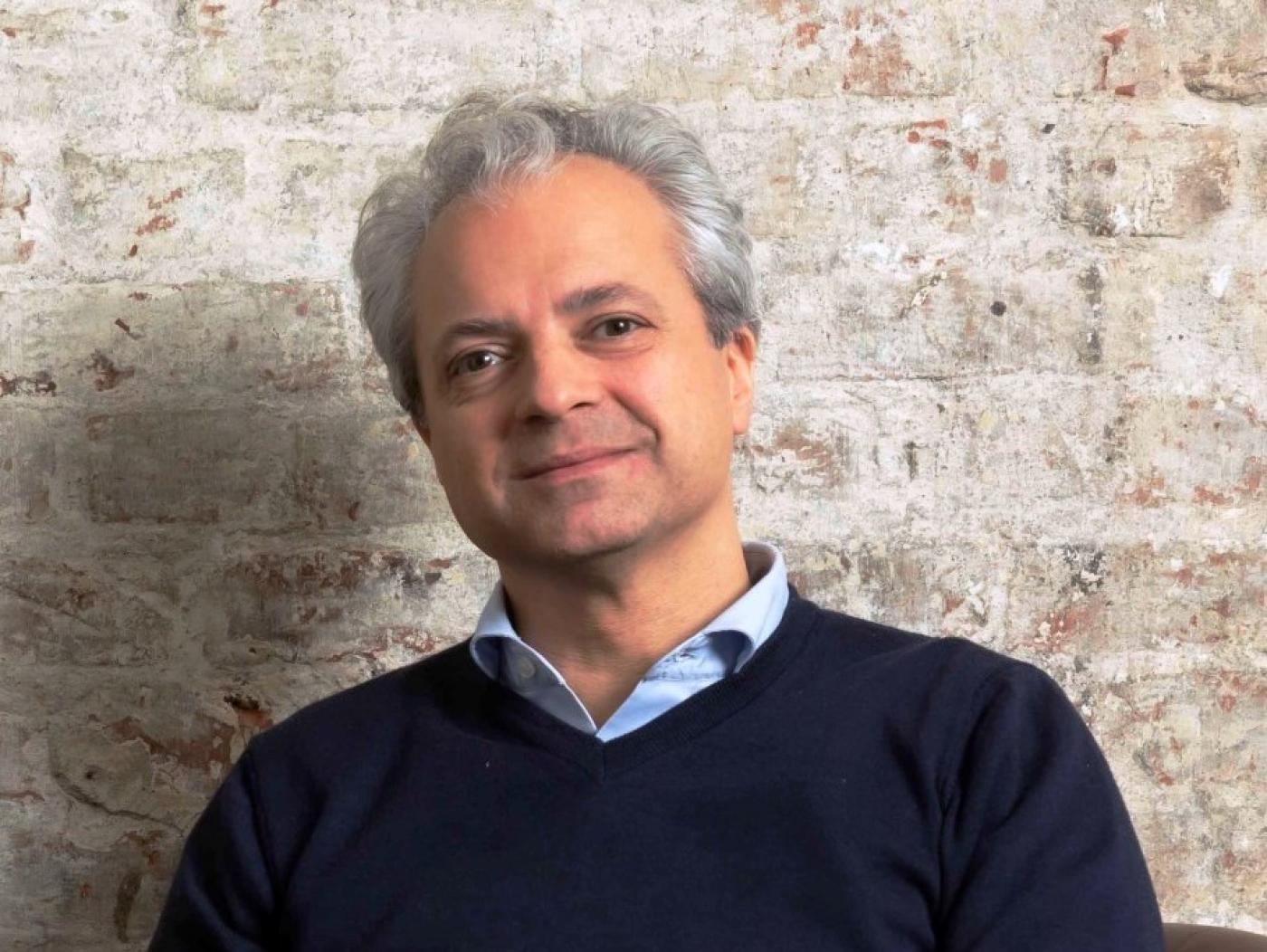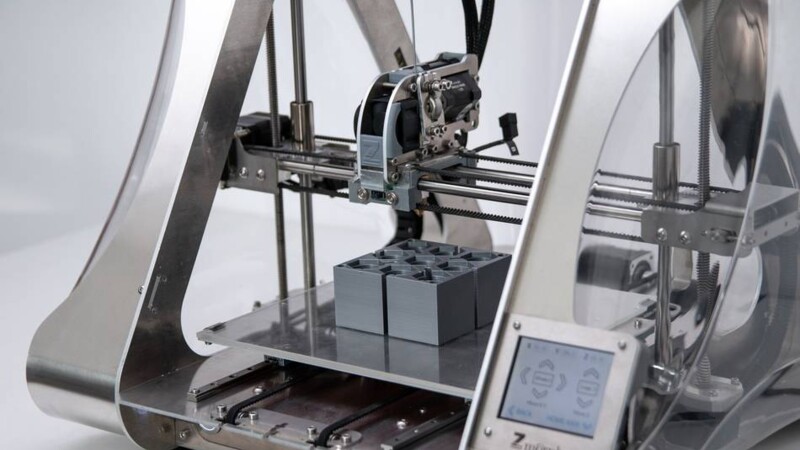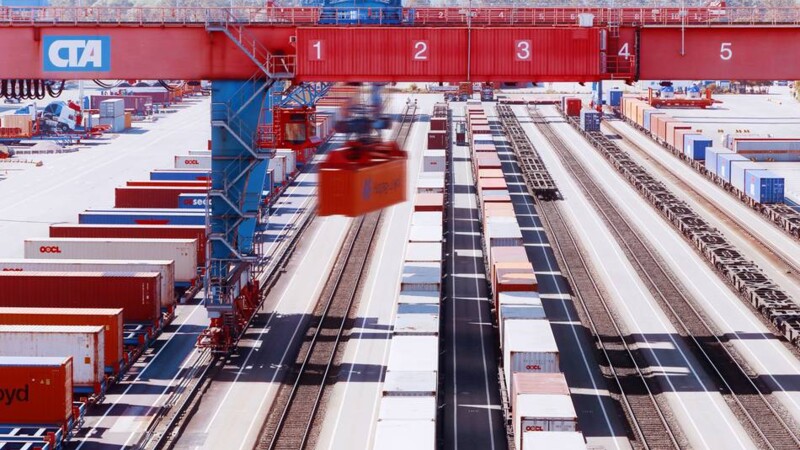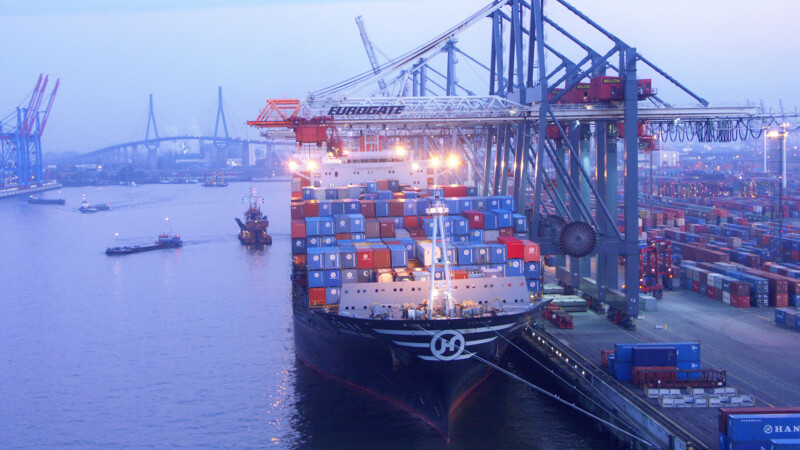"Technology is coming of age," said Fehrmann, Managing Director of Fehrmann Tech Group. Research into new high-performance metal powders for 3D printing, such as the high-performance aluminum alloy AlMgty is underway at the Fehrmann ALLOYS subsidiary. After the initial hype and exaggerated expectations, 3D printing is now showing what it can do, he remarked. When supply chains collapsed amid the pandemic, 3D printers soon began producing urgently-needed visors, masks and parts for respiratory systems. "This is where the advantages of the technology lie. It enables swift, decentralized and flexible manufacturing based on individual needs. And it is frequently cost-effective," Fehrmann stressed. The raw material input for 3D printing matches the raw material consumption exactly meaning production is both ecological and cheaper.




